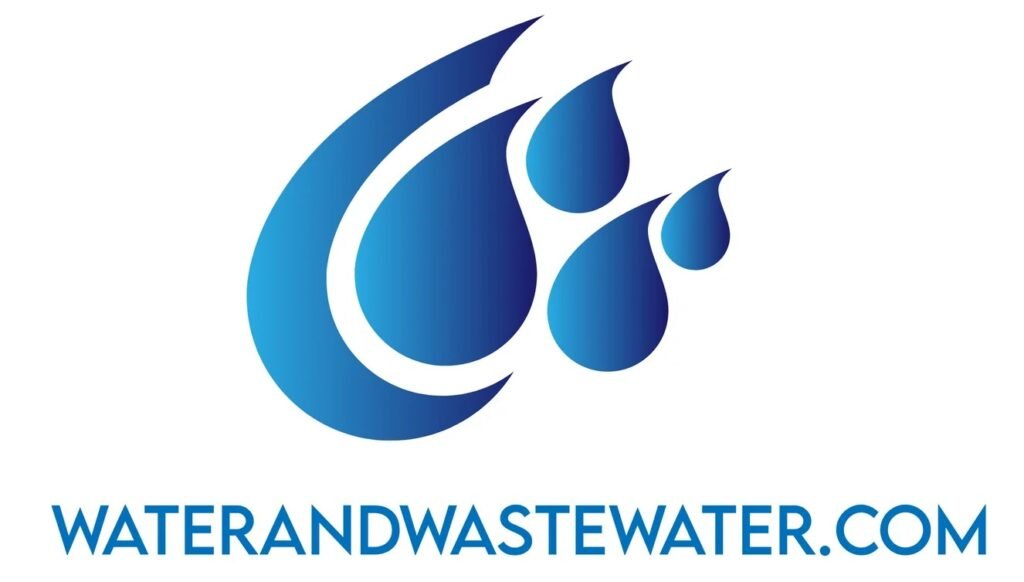Tag: methods
Industrial wastewater is a byproduct of many manufacturing and production processes. It often contains harmful chemicals, heavy metals, and other pollutants that can damage the environment if not properly treated. Effective industrial wastewater treatment is crucial for protecting water resources, human health, and ecosystems. Many industries use large amounts of water in their operations. This […]
Alum plays a crucial role in wastewater treatment, helping to clean and purify water before it’s released back into the environment. This chemical compound has been used for over a century in various water treatment processes. Alum treatment of stormwater runoff consistently achieves 85-95% reduction in total phosphorus, 65-75% reduction in total nitrogen, and 95-99% […]
Fire Water Protection: Safeguarding Lives and Properties Introduction The term “Fire Water Protection” refers to the methods, systems, and measures used to prevent or control fires through the application of water. Water remains one of the most effective and readily accessible resources for firefighting worldwide due to its cooling properties and ability to […]
Heat Trace Monitoring & Control Systems: A Comprehensive Overview In industries where temperature maintenance is crucial, heat trace monitoring and control systems play an integral role. These systems are designed to prevent pipes and vessels from freezing, maintain process temperatures, and ensure safety in hazardous environments. In this article, we will explore the various […]
Understanding Electric Heat Trace: An In-Depth Exploration Electric heat trace systems have become an integral component in various industries, ensuring efficiency, safety, and reliability in environmental conditions where temperature maintenance is crucial. This comprehensive article delves into the intricacies of electric heat trace systems, their applications, benefits, and considerations for installation and maintenance. […]
Title: The Comprehensive Guide to Leak Detection: Technologies, Methods, and Applications Introduction Read moreZero Leak Solenoid ValvesIn a world increasingly conscious of resource conservation and safety, the ability to detect leaks—whether in pipelines, water systems, or chemical plants—has never been more critical. Leak detection is an essential part of maintaining the integrity […]
Title: Understanding UV254 Analyzers: An In-Depth Exploration of Their Role in Water Quality Assessment Introduction Read moreOnline COD Analyzer Wastewater: Efficient Monitoring for Treatment PlantsThe ever-growing demand for clean and safe water has propelled advancements in water quality assessment technologies. Among these, the UV254 analyzer has emerged as a critical tool for […]
Understanding TSS Analyzers: A Comprehensive Insight Introduction In environmental science, water quality management is crucial for maintaining the balance of ecosystems, safeguarding human health, and ensuring sustainable development. Total Suspended Solids (TSS) are a key parameter in assessing water quality. TSS analyzers, pivotal instruments in environmental monitoring, have revolutionized the way we analyze […]
Title: Ultrasonic Flowmeters: A Comprehensive Exploration of Technology, Applications, and Advancements Introduction In the ever-evolving landscape of fluid dynamics measurement, ultrasonic flowmeters have emerged as a pivotal technology with a wide array of applications across multiple industries. From oil and gas to water treatment and chemical processing, these devices offer unparalleled precision and […]
Understanding Turbidity Meters: A Comprehensive Guide Turbidity meters are instrumental in various fields, from environmental science to industrial applications, providing critical insights into the clarity of fluids. This article delves into the history, technology, application, and future prospects of turbidity meters, offering a detailed overview for professionals and enthusiasts alike. Introduction to Turbidity […]
